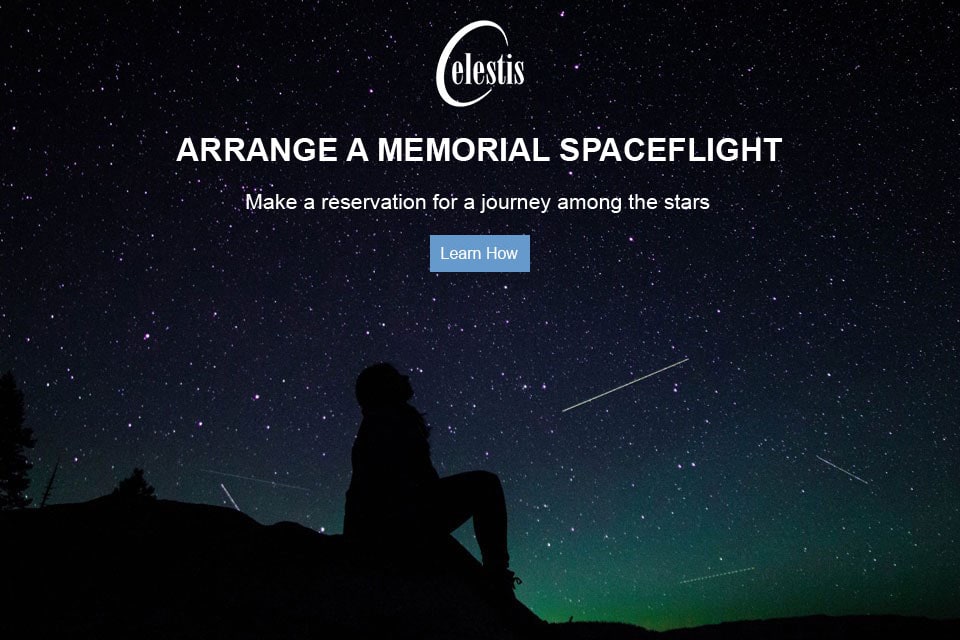New Mexico Attractions, Museums, and Parks
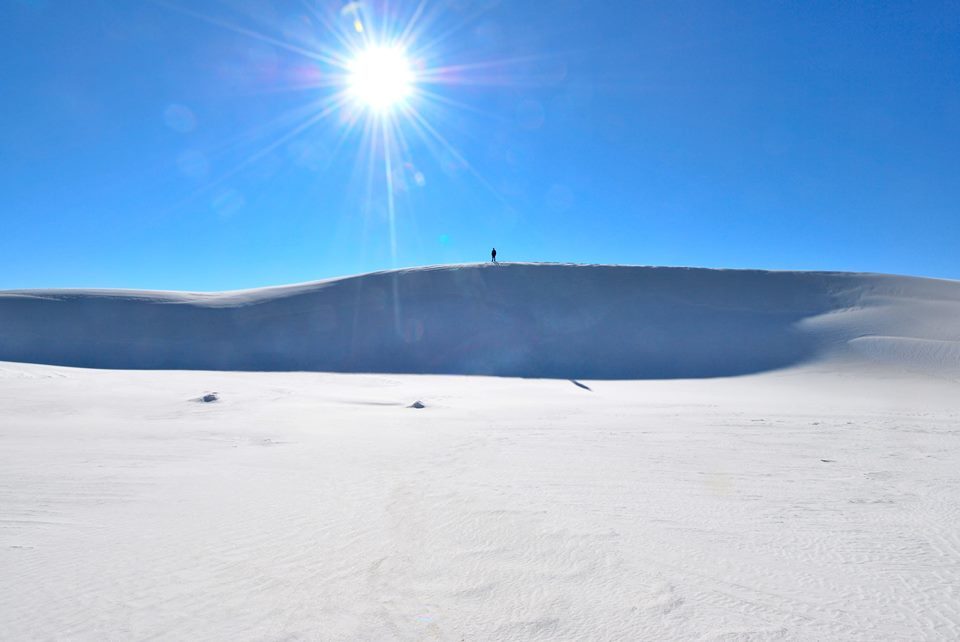
Photo credit: U.S. National Park Service
Celestis Memorial Spaceflights’ Aurora Flight is scheduled to launch on November 30th, 2022, from New Mexico’s Spaceport America, which is approximately 45 miles north of Las Cruces. There are a variety of attractions to enjoy in “The Land of Enchantment” during the days before and after Celestis’ next Earth Rise Service.
While not officially part of the New Mexico Space Trail, White Sands National Park is a must-see thanks to exquisite views of the world’s largest gypsum dune field, a desert of pristine white sand – all 275 square miles of it. The park’s tagline more than appropriately describes it: “Like No Place Else on Earth.” Its website states, “Rising from the heart of the Tularosa Basin is one of the world's great natural wonders - the glistening white sands of New Mexico. Great wave-like dunes of gypsum sand have engulfed 275 square miles of desert, creating the world's largest gypsum dunefield. White Sands National Park preserves a major portion of this unique dunefield, along with the plants and animals that live here.” Guests can bring or purchase sleds to race down the white gypsum dunes that dot the area. Please visit the park's website for more information and Frequently Asked Questions if you plan to visit.
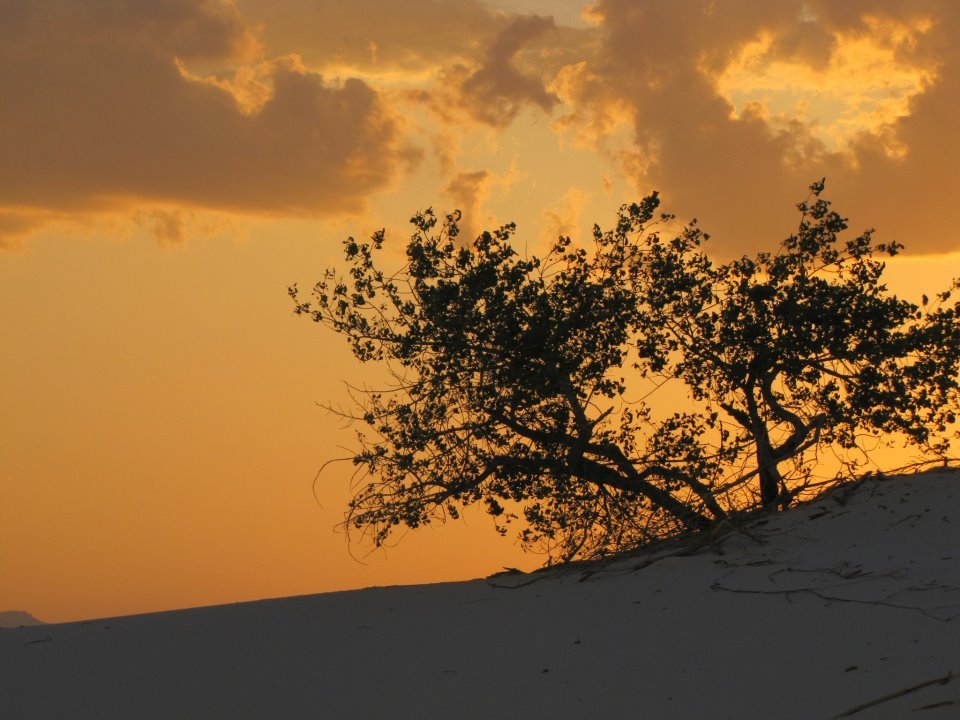
Photo credit: U.S. National Park Service
The New Mexico Museum of Space History, located in Alamogordo, encourages its visitors to “discover the cradle of America’s space program.” Its exhibits and events include tours of the Trinity Atomic Bomb site, Living and Working in Space, Looking Out, Looking Back, Space Science and New Mexico, Icons of Exploration / Tularosa Basin Overlook, the “Daisy Track” and X-37, the John P. Stapp Air & Space Park, the International Space Hall of Fame, and, of course, rockets. A reception was held at this museum for Celestis’ first launch from Spaceport America.
White Sands Missile Range Museum is expected to reopen to visitors in September 2022 with a new exhibit. This museum showcases rockets dating back to the earliest days of space technology, such as the V-2, Redstone, and Athena missiles. The museum’s website also has an incredible archive of historical articles for budding space historians. In addition, while Celestis’ Earth Rise Services launch from Spaceport America, the flight capsules land – by parachute – at White Sands Missile Range (WSMR) for recovery and return.
In 1982, WSMR was also in the news for becoming part of Space Shuttle history. On March 30th, 1982, Space Shuttle Columbia, upon completion of its third test flight, landed at WSMR’s Northrup Strip. This was the only time the White Sands landing site was utilized during the Space Shuttle program. This landing strip was a third option if both primary landing sites (Edwards Air Force Base in California and Kennedy Space Center in Florida) were unavailable.
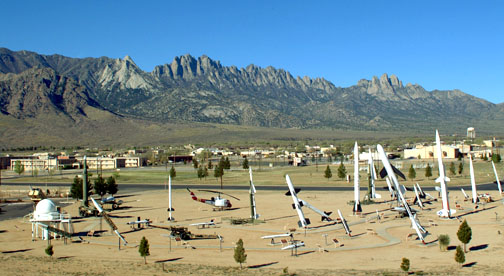
White Sands Missile Park. Photo credit: WSMR
New Mexico was also the home of several training sites utilized to train Mercury, Gemini, and Apollo astronauts. These sites include the New Mexico School for the Blind and Visually Impaired, Valles Caldera National Preserve, Taos / River Grande Gorge, and the Philmont Boy Scout Ranch. Many of these sites were used to train Apollo astronauts in identifying lunar geological features.
Contact us for more information or to receive launch updates
For UFO fans, New Mexico is known for its infamous alleged UFO crash site in Roswell. According to the New Mexico Museum of Space History: “Roswell has seen a large tourism trade develop around the UFO crash. The UFO hype first draws visitors in, and then allows Roswell to showcase other amazing attractions such as the Roswell Museum and Art Center (displaying Dr. Robert Goddard’s work), the International UFO Museum and Research Center, and Roswell International Air Center.
“The famous July 8, 1947, front cover of the Roswell Daily Record, [stated that] the Roswell Army Airfield had ‘captured’ a flying saucer. Details within the article were taken from information released by 509th Bombardment Group intelligence officer Major Jesse Marcel. Other named individuals in the article would not figure so prominently in the building of the case of the Roswell Incident, instead of echoing names of Marcel and rancher Mac Brazel.” Even for “non-believers,” all the beforementioned sites are a fun visit.
The Very Large Array Radio Telescope Facility (VLA) is famous, thanks partly to its presence in the film adaptation of Carl Sagan’s Contact, which stars actress Jodie Foster. According to a previous Celestis blog, this facility “is a set of 82-foot diameter radio telescopes that, together, constitute the most advanced radio telescope array on Earth. Astronomers use the VLA to study quasars, pulsars, supernovas, black holes, the Milky Way, and other galaxies. The facility is located about a two-hour drive from Albuquerque, 50 miles west of Socorro. The Visitor Center features an award-winning documentary narrated by Jodie Foster, plus exhibits describing radio astronomy and the VLA telescope. A self-guided walking tour features large, informative signs and takes you to the base of one of the giant dish antennas. A gift shop offers VLA souvenirs and educational materials.” While the VLA is closed to the public at present, Celestis will update this blog if it reopens before the Aurora Flight.
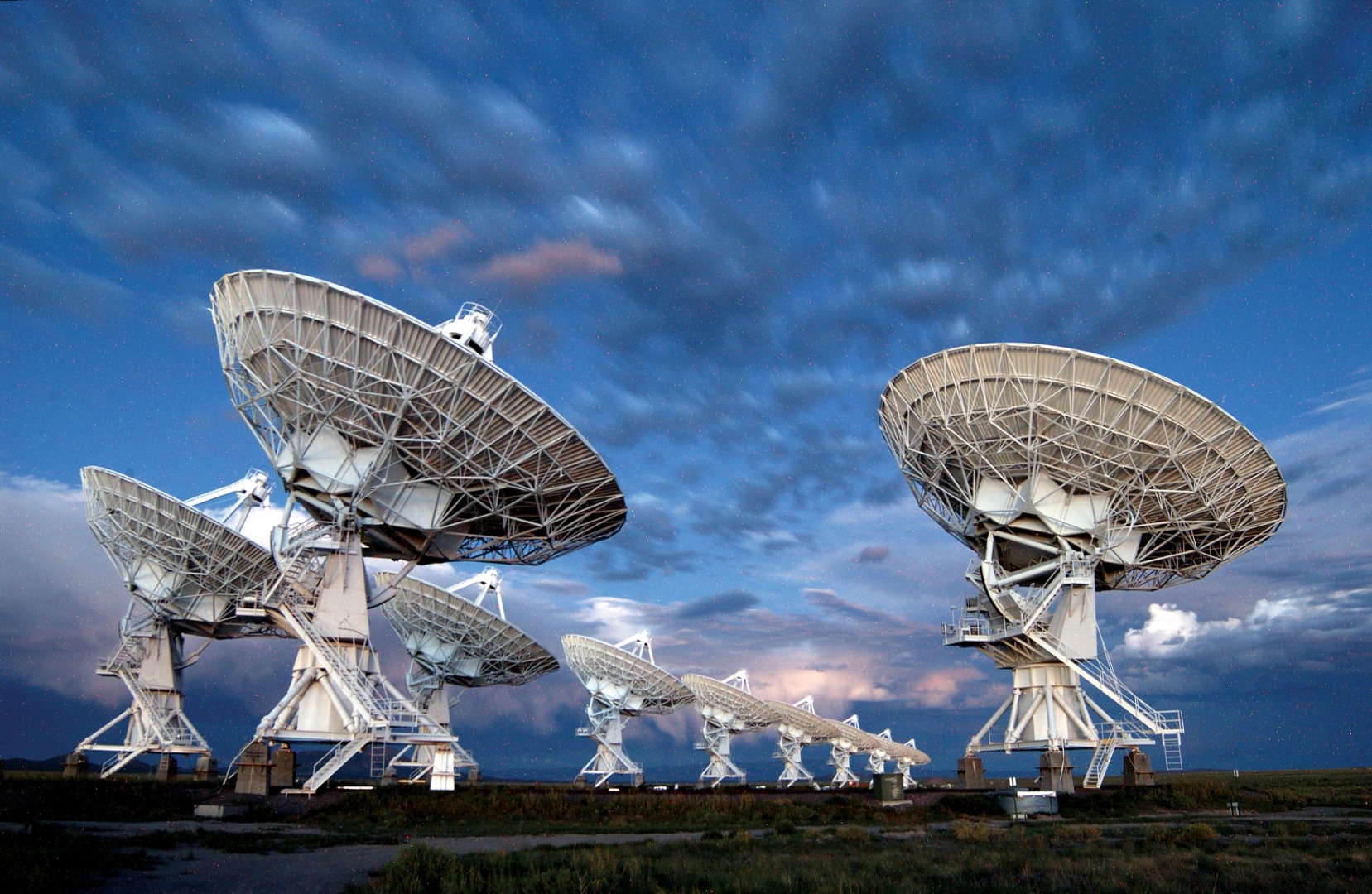
The Very Large Array (VLA) is 50 miles west of Socorro, New Mexico. Photo credit: NSF/NRAO
New Mexico is also ideal for astronomers at all experience levels since its open areas and dark, unpolluted skies allow for excellent observations. Visit such sites as the Tombaugh Observatory, the University of New Mexico Campus Observatory, or the Valles Caldera National Preserve. Or, if solar observing is your thing, visit the Sunspot Solar Observatory.
A previous Celestis blog reviewed other historic New Mexico sites of note: “Other interesting sites to note include the Bradbury Science Museum, part of the Los Alamos National Laboratory, where the first atomic bomb was developed; the National Museum of Nuclear Science & History in Albuquerque; and Chaco Culture National Historic Park, site of an ancient Native American people who were expert stargazers.”
*****
This article is excerpted from previous Celestis blogs, A Brief Overview of the New Mexico Space Trail and Touring the New Mexico Space Trail. As the Aurora Flight launch date draws closer, Celestis will provide updates on many of the sites listed here for those interested in visiting them.


